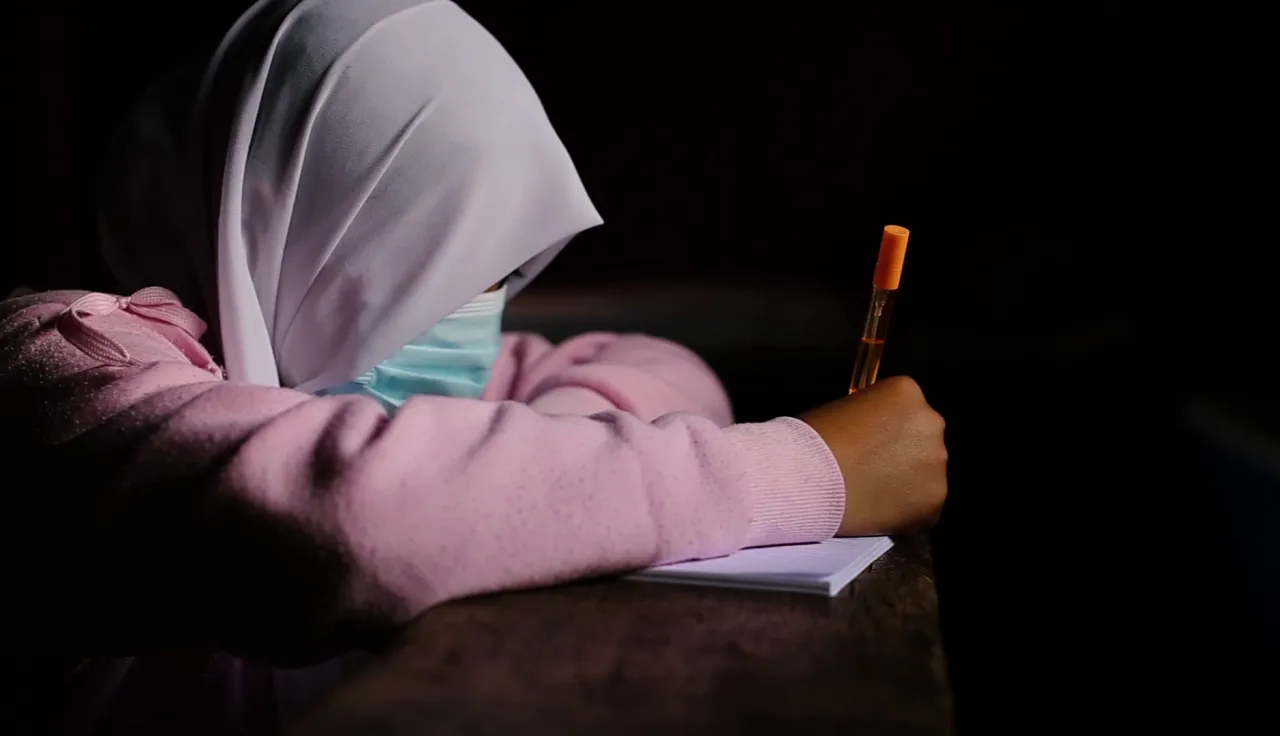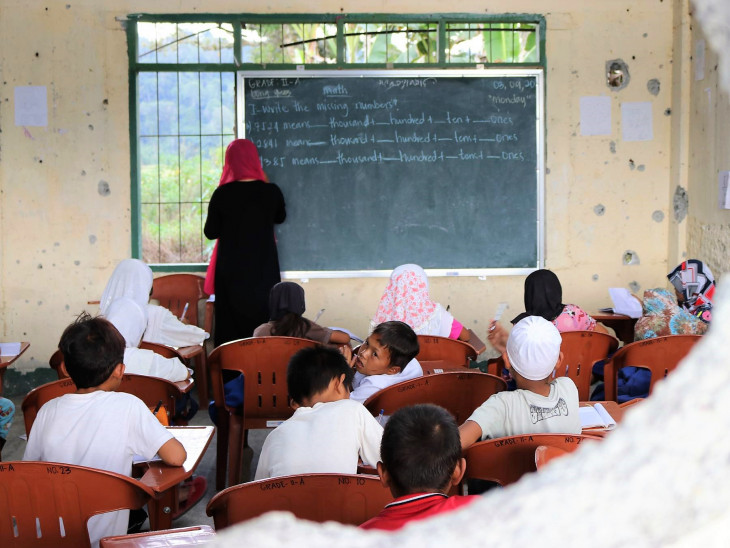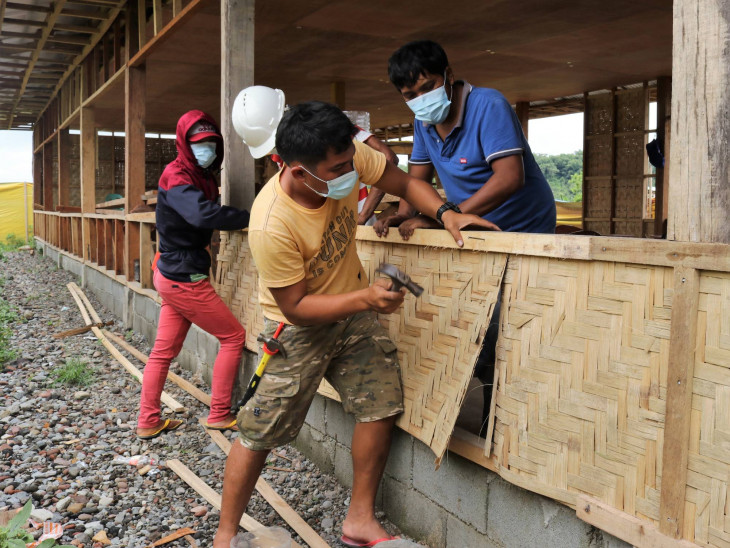New school brings light to students in Lanao del Sur

Students of Ragayan Elementary School attended classes in bullet-ridden classrooms. But the construction of a new school has fueled their hope for a brighter future.
Protracted conflicts and constant displacement have disrupted young people's access to education in Mindanao, southern Philippines. The long-term repercussions of this for children and the community at large are barely reported.
Ragayan Elementary School in Butig town, Lanao del Sur province, was severely damaged in a conflict between government security forces and a non-state armed group in 2016. The school was destroyed, along with houses and farms in the two most severely affected villages (barangays) of Ragayan and Poctan.
Some 390 families (approximately 1,950 people) fled to Marawi City, but they were displaced again after a larger armed conflict devastated it in 2017. The conflict's impact on the remote municipality was somehow forgotten after the hostilities shifted to Marawi.
Since 2017, over 250 pupils and their teachers endured an unsafe space in Ragayan.
"It pained me because we get rained on while having classes," said Nor-jannah Nabil, a Grade 6 student.
"Whenever our teacher wrote on the blackboard, the raindrops would just erase her writings."

With only two functional classrooms from a previous six, the school had to group students in shifts, with kindergartners and 1st to 3rd graders in the mornings, and 4th to 6th graders in the afternoons. Photo from March 2020.
The International Committee of the Red Cross (ICRC), which has access to this town through the humanitarian aid it provided during the 2016 hostilities, sought in 2019 the support of the community and the ministry of education of the Bangsamoro Autonomous Region in Muslim Mindanao (BARMM) to help the pupils of Ragayan to have a conducive space to study.
The COVID-19 pandemic caused delays. After the easing of some restrictions, 90 members of the community finally managed to work together to build and complete the wooden temporary learning space by the end of September through ICRC's cash-for-work project.

With this project, the students now have a conducive space where they can study while the old and bullet-riddled buildings will be demolished and rebuilt into permanent classrooms complying with the standards of the Department of Education.
Today, due to restrictions for face-to-face learning, Ragayan's pupils are unable to use the new space and are staying home to study through modules and two-way radio, with the support of their dedicated teachers and parents.



